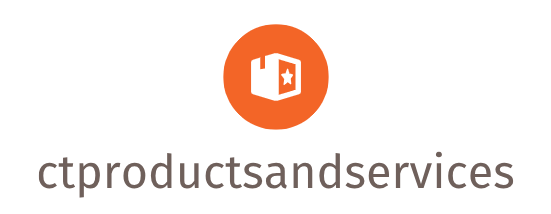
Enhanced Privileged Session Management
Privileged Access Management (PAM) solutions have long focused on securing privileged accounts, but recent advancements go beyond simple credential management. Modern PAM solutions now offer granular control over privileged sessions, including real-time monitoring, recording, and auditing of all activities. This allows organizations to not only identify unauthorized access attempts but also to quickly analyze suspicious behavior and pinpoint the source of security breaches. Sophisticated session management features include the ability to control which commands can be executed, restrict access to specific files and directories, and even impose time limits on sessions. This fine-grained control significantly reduces the attack surface and minimizes the potential damage from insider threats or compromised accounts.
Advanced Threat Detection and Response
Modern PAM solutions are integrating advanced threat detection capabilities, leveraging machine learning and artificial intelligence to identify anomalies and potential threats in real-time. These systems can analyze session data, user behavior, and system logs to detect suspicious patterns indicative of malicious activity, such as brute-force attacks, privilege escalation attempts, or data exfiltration. The advanced threat detection features often incorporate behavioral analysis, identifying deviations from established baselines to flag potential threats that traditional rule-based systems might miss. Furthermore, the response mechanisms are becoming increasingly automated, allowing for immediate actions like session termination or account lockdown upon detection of a threat, significantly reducing the time it takes to contain a breach.
Seamless Integration with Existing Infrastructure
One of the biggest challenges with implementing PAM solutions in the past has been the complexity of integration with existing infrastructure. Modern PAM systems are designed for seamless integration with various platforms and technologies, reducing the disruption and effort required during deployment. Many solutions boast API-driven architectures, enabling easy integration with existing identity management systems, security information and event management (SIEM) tools, and other security platforms. This integrated approach not only simplifies management but also allows for a more comprehensive and coordinated security posture across the entire organization. It also enables better correlation of security data from different sources, improving the overall effectiveness of threat detection and response.
Simplified User Experience and Administration
The user experience in managing and using PAM solutions has significantly improved in recent years. Modern systems are designed with intuitive interfaces and streamlined workflows, simplifying the day-to-day management of privileged accounts and sessions. Administrators benefit from dashboards providing a clear overview of the security posture, while end-users experience a less disruptive access process. The focus on usability aims to reduce administrative overhead, freeing up IT staff to focus on other critical tasks. This improved user experience promotes better adoption and reduces resistance to using the PAM solution, a crucial factor in its overall effectiveness.
Support for Cloud and Hybrid Environments
The rise of cloud computing and hybrid environments has necessitated the evolution of PAM solutions to handle the unique security challenges these environments present. Modern PAM systems provide comprehensive support for cloud platforms such as AWS, Azure, and GCP, offering secure access management for cloud-based resources and applications. They also seamlessly integrate with on-premises infrastructure, providing a unified approach to securing privileged access across both cloud and on-premises environments. This adaptability is crucial for organizations migrating to the cloud or operating in hybrid models, ensuring consistent security policies and control regardless of where the resources are located.
Automation and Orchestration Capabilities
Automation is increasingly crucial in managing the complexity of modern IT environments, and PAM is no exception. Advanced PAM solutions now incorporate robust automation and orchestration capabilities, enabling the automation of various tasks such as account provisioning, password management, and session recording. This automation reduces manual effort, minimizes human error, and speeds up response times to security incidents. Orchestration capabilities allow PAM to integrate with other security tools and processes, creating automated workflows for incident response and remediation. This level of automation improves efficiency and strengthens overall security by reducing the reliance on manual processes that are prone to errors and delays.
Focus on Least Privilege and Just-in-Time Access
A core principle of effective security is the principle of least privilege – granting users only the access they absolutely need to perform their job functions. Modern PAM solutions are designed to enforce this principle through granular access controls and just-in-time access provisioning. This ensures that privileged accounts are only enabled when necessary, minimizing the window of vulnerability. Just-in-time access greatly reduces the risk associated with long-lived privileged accounts that may be targeted by attackers. This approach significantly strengthens overall security by limiting the potential impact of a compromise. By tightly controlling access and only granting permissions when absolutely needed, organizations can minimize the risk of security breaches and data loss.









